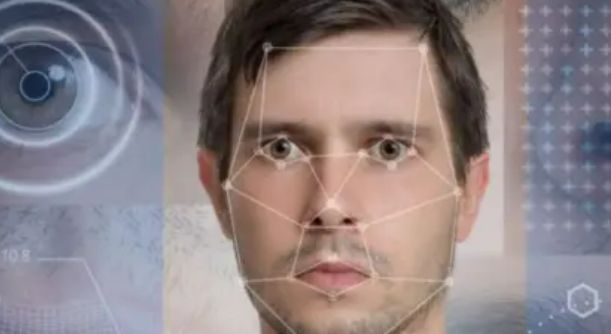Deepfake attacks occur every five minutes

The rise in face-swap apps and GenAI tools has allowed fraudsters to perform and scale increasingly believable biometric fraud attacks. The capacity for malicious usage is widespread and includes fraudulent account openings, account takeovers, phishing scams, and misinformation campaigns.

An recent finding points out that, for the first time, digital document forgery surpassed physical counterfeits as the leading method of fraud in 2024, with digital forgeries accounting for 57% of all document fraud. This marks a 244% increase from 2023 and a 1,600% surge since 2021 when almost all fraudulent documents were physical counterfeits.
With the rise in AI-assisted fraud, bad actors are now able to leverage more sophisticated attacks on documents, particularly National ID Cards (40.8% of attacks globally). Threat actors are taking advantage of “as-a-service” platforms for phishing, fraud, and ransomware that facilitate knowledge sharing of “best practices” and the use of GenAI tools to create sophisticated digital forgery and injection attacks.
The finding identifies AI-assisted deepfakes as an area of particular concern for global organizations, as basic fraud tactics that are relatively easy to discern, like phishing, are quickly giving way to hyper-realistic AI-generated deepfakes and synthetic identities.

Comments ()